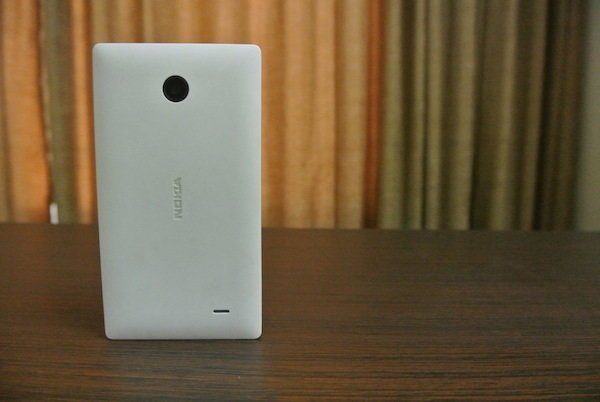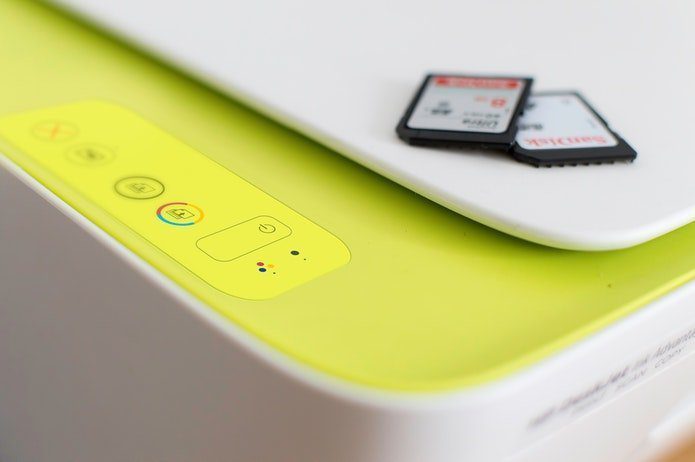The core battery tech in smartphone has not seen any groundbreaking advancement in the last two decades but everything around it has progressed leaps & bounds. From battery management, charging methods to even the cables with built-in ICs, we are feeding power to our batteries in most sophisticated way today. So it begs the question, why can’t we keep these damn batteries from engulfing themselves and anything in the vicinity in smoke and flames? Well to answer that question we need to dive into high school science, not neck-deep but waist-high.
Lithium Ion Batteries are ‘Tight’
Structure of Li-ion battery plays an very important role in understanding why Lithium-ion batteries come with so many warnings. As shown in the below image, Anode & Cathode, the two basic components of the battery are in form of sheets. A porous ‘Separator’ sheet is present between the two to prevent short circuit. This whole combination of Anode-Separator-Cathode is stacked several times in the few mm thickness of your average smartphone battery. Such tight packing allows the several thousand mAh of capacity in just few mm’s of thickness, but also is an unavoidable recipe for disaster as we will soon see.
The Bane: Thermal Runaway
In any battery, if anode and cathode come in direct contact with each other, a short circuit occurs. This is bad for the battery as it increases the internal temperature of the battery. And in case of Li-ion batteries, it is worse as this starts a cycle of self discharging, further increasing the temperature. This is called ‘Thermal Runaway’. And this acts as a precursor to explosions. Here, the closely packed structure of Lithium Ion batteries is its own enemy as the anode-cathode are kept apart just by a very thin separator. Also the high energy density of Li-ion batteries act as fuel for the fire, once Thermal Runaway kicks off.
The Main Reasons Why it Might Explode
Short-circuit in a battery does not occur by itself. A number of factors ranging from the manufacturing process to external factors, such as charging & working environment are responsible, which are elaborated below.
Manufacturing Defects
First in the list of causes that makes your battery go boom is slack in manufacturing quality and process. This is also the dominant cause which echoes the fact that cheaper batteries & phones are more susceptible to it. While manufacturing a Li-ion cell is not rocket science, still some level of QC has to be maintained as the materials involved are dangerous and unstable (Lithium). Cheaper batteries generally employ a Separator of inferior quality, which degrades speedily, causing a short-circuit. Such batteries are also not assembled in clean environments causing deposition of particles around the terminals again leading to shorting. The external casing is also not up to the mark and is inadequate to sustain blunt forces and impacts.
Charging Practices
Keeping your phone for charging overnight or draining it till 1%? If you do both these things, don’t worry, it will not get your phone toasted but will only effect your battery’s health over time. Li-ion batteries are peaceful in the range of 3.7 to 4.2 volts, but charging them over 5 volts or discharging them below 3.2 volts will provoke them. All smartphones today have built in circuitry to avert the voltage going beyond the limits but again in cheaper & non-standard versions, these circuits are first to go kaput. Non-standard chargers are also equally dangerous, even more so because it involves the mains supply, which can be lethal to you as well as your battery. iPhone Users: We have a dedicated guide to charging iPhones the right way.
Physical Damage
If we look at the history of fried phone cases, the root cause is generally considered to be battery of the phone being non-standard or fake. But seeing as an iPhone is the culprit in the present case, we can rule that out. What looks like the probable cause is the hard impact from the fall, leading to rupture of the separator and large scale short-circuit. That’s why you are advised not to hammer your phone in fit of rage.
Finally, a little bit also should be said about heat. A perfectly fine, high-quality battery will also undergo Thermal Runaway if the external temperature remains above 60 degree Celsius for a prolonged time. So avoid placing your phone near fireplaces, room heaters or in the sun for extended time. The following table from BatteryUniversity guides you regarding the safe temperatures.
But Why the Explosion?
Without going more into technical stuff, when, due any of the above reasons Thermal Runaway occurs, the heat inside battery increases. Furthermore, due to the inherent phenomenon of Runaway, the heat inside can reach up to 150 degree Celsius (302 F). The melting separator and super heated electrolyte undergo some super complex chemical reactions producing some gases. These gases generated cause build up of the pressure inside the battery ultimately leading to a explosion. But that’s not always the result, sometimes the battery may just bulge and fail. 1. Utilize a Halon, Halon replacement or water extinguisher to extinguish the fire and prevent its spread to additional flammable materials. 2. After extinguishing the fire, douse the device with water or other non-alcoholic liquids to cool the device and prevent additional battery cells from reaching thermal runaway. And in any unfortunate event some battery in your vicinity decides to start self-combustion, the above advice from FAA (PDF file) should be followed to douse the fire.
So What Have We Learnt?
One thing we can conclude is that sub-par batteries and components play a major role in the failures. Cheap chargers and cables are also equally liable. But keeping your phone plugged for extended times will not cause this. And purposefully damaging batteries, well those come under the Idiots at Work category about which nothing can be done. Also every battery malfunctioning doesn’t turn into TNT, some just bulge, leak or stop working. I hope this explainer has answered the question in title, scientifically. If you have even more burning questions, feel free to ping us through comments. Happy & safe charging. ALSO READ: Could a Portable Power Bank Save Your Vacation Like It Saved Mine? The above article may contain affiliate links which help support Guiding Tech. However, it does not affect our editorial integrity. The content remains unbiased and authentic.














